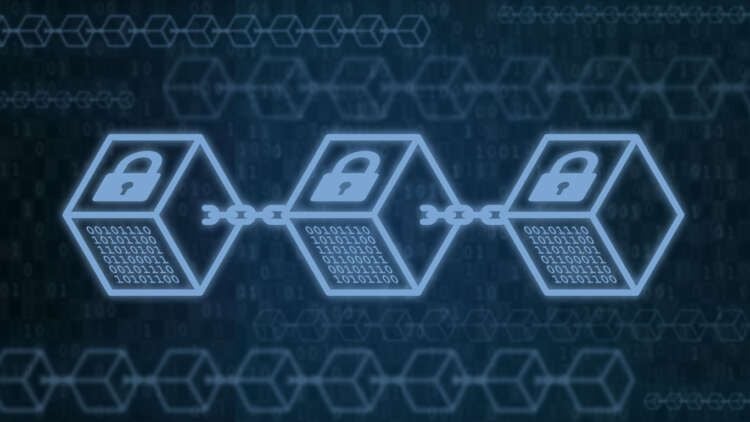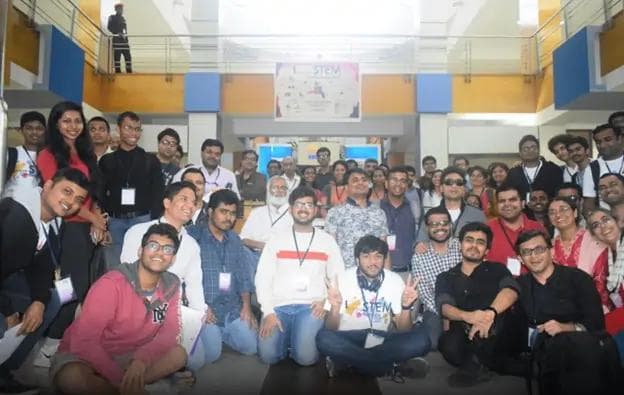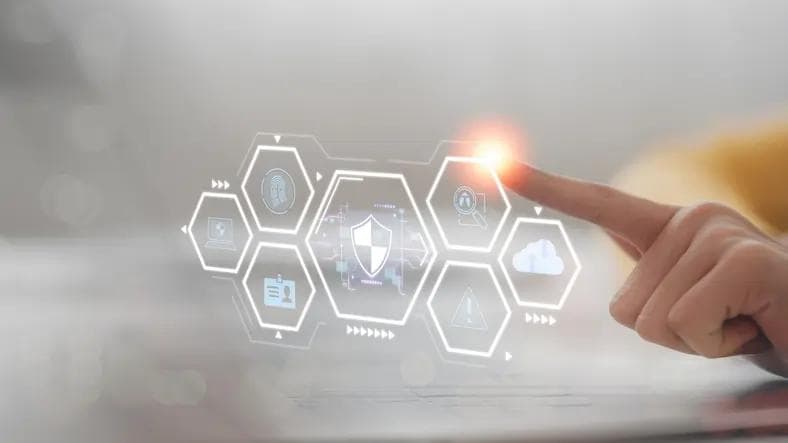The Merge: blockchain sheds its toxic reputation
The Merge: blockchain sheds its toxic reputation
Published by Jessica Weisman-Pitts
Posted on October 10, 2022

Published by Jessica Weisman-Pitts
Posted on October 10, 2022

By Gilbert Verdian, CEO Quant Network
Many businesses that would benefit from the blockchain have been avoiding it. Its carbon footprint, expense, and links to volatile cryptocurrencies contributed to blockchain harbouring a toxic reputation that it couldn’t shake, and businesses wouldn’t touch.
That was until ‘the Merge’. This – now widely used – term references the restructure of the world’s largest programmable blockchain: Ethereum. Put simply, this September the cryptography driving the system has been switched from proof of work (PoW) to proof of stake (PoS). This essentially replaced the huge, energy-intensive computers that were the network’s core validators, with individuals and companies. It is expected to reduce the energy consumption of Ethereum by 99% and reduce the global use of energy by 0.02%, according to Vitalik Buterin, improving its sustainability significantly. The Surge, the epilogue to the Merge, will eventually increase capacity and lower fees on the network.
It’s clearly a significant step towards bringing Ethereum into the mainstream and it marks an evolution of blockchain technology. But what does blockchain’s improved reputation really mean for institutional use?
Press coverage has focused on more widespread crypto usage; however, the real impact will be on the institutional side – particularly within financial services. Now the stage is set for innovations, it is likely that parts of the industry may turn towards decentralised infrastructure. Blockchain can offer safe and secure transaction processing at a fraction of the cost, particularly when compared to the enormous expense and burden of today’s systems.
This has never been more relevant. The digital asset market is maturing significantly just as its traditional counterpart enters a period of turmoil and uncertainty. As the world hurtles towards another recession, businesses will be examining how to save money and cut costs. A greener, more cost-efficient blockchain could form part of the answer and reduce the institution’s huge IT costs and expenditures.
If implemented correctly, blockchain could save billions in infrastructure and associated IT costs. Rather than paying for service level agreements, data centres, cloud hosting and other services, financial institutions can and will leverage blockchain infrastructure at a fraction of the cost of running the same transactions in-house. Cost efficiencies aside, tokenisation could improve several areas within asset management specifically, such as issuance, exchange and servicing as well as simplify processes involving a host of intermediaries. Potential benefits include improved access to, and personalisation of, investment solutions.
For private equity, blockchain could enable fractional ownership and decentralised funds, which will not only increase transparency, but create more flexibility around liquidity for what could previously only be long-term, locked-in investments.
However, there is still a missing piece of the puzzle to be considered: interoperability. For true mainstream adoption of blockchain to occur within businesses, users need to be able to transact across multiple networks. Currently, it is not particularly easy to share information from one blockchain to another. To put this into context, if interoperability within email communication had never been achieved, Outlook users wouldn’t be able to send messages to Gmail accounts and vice versa.
Even if widespread adoption did occur as a result of the Merge, until different blockchains – including Ethereum – can communicate with one another effectively, the full benefits of the technology for businesses will not be unlocked.
Explore more articles in the Technology category











